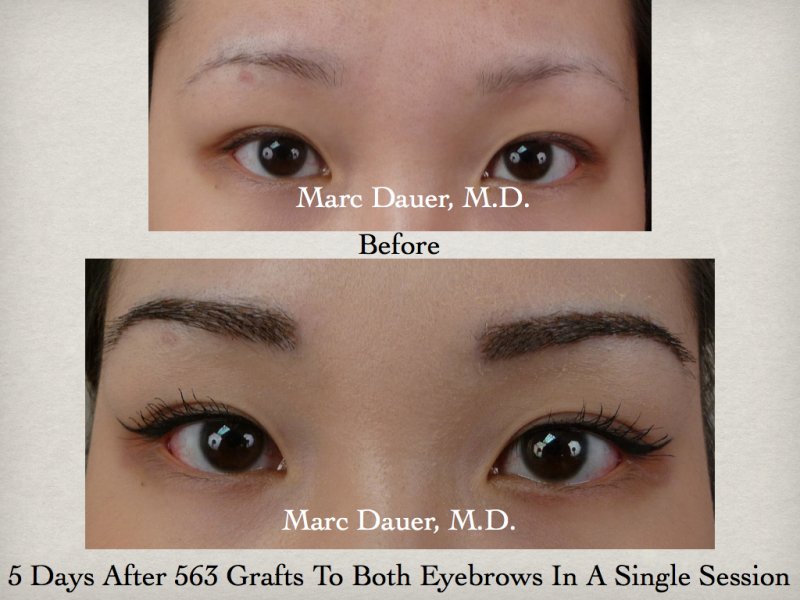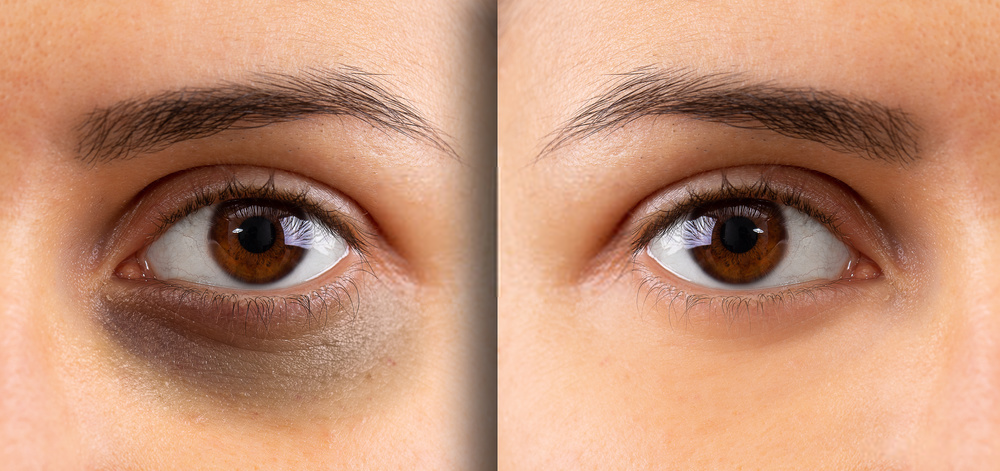Binocular refraction techniques binocular balancing binocular
Table of Contents
Table of Contents
A clear vision is essential for every one of us. Without our sight, we won’t be able to appreciate the things around us. However, different factors affect our vision. For instance, some people experience difficulty seeing things clearly at night, while others sometimes experience blurry or double vision. Addressing these issues requires a medical professional to check your eyesight. One of the tests that doctors use is called fogging test.
Having an eye test can be stressful, especially if you have never had one before, or you don’t know what to expect. You may also worry about the outcome of the test or the process itself. Similarly, you might be nervous about being unable to find the right pair of eyeglasses that suit your needs. While these are all normal concerns, it’s important to remember the importance of having a healthy vision.
The purpose of the fogging test is to determine the refractive error of a person’s vision. Refractive error is the condition when the eyes cannot accurately focus on an image. When you take a fogging test, your optometrist or ophthalmologist will place a specific lens on each of your eyes, which will “fog” or blur your vision. From there, they will ask you to read a chart, and based on your response, they will determine the appropriate corrective lenses for your eyesight.
What Is Fogging Test For Eye?
When I went to an optical shop, I was asked by the optometrist to sit on a chair with one eye covered while trying to read some letters with my other eye. The letters were blurry, and at first, I was quite confused, but then the optometrist explained to me that it was normal as they were trying to determine if I had a refractive error. I took the fogging test, and to my surprise, I got a prescription for a new pair of glasses.
The fogging test is an essential test to determine if you have a refractive error that causes blurry or unfocused vision. These conditions can negatively impact your daily life and can be overcome with the right pair of glasses or contact lenses.
How Does Fogging Test Work?
The fogging test is a simple test that works by temporarily blurring your vision. Optometrists and ophthalmologists use it to determine the appropriate corrective lenses for your specific visual needs. During the test, a lens with a power equal to or greater than your current prescription is placed in front of both of your eyes simultaneously. This lens blurs your vision, and your optometrist will then ask you to read letters from an eye chart. They will adjust the lens power until they can get a final prescription.
What Are The Advantages Of The Fogging Test?
One of the advantages of using the fogging test is that it is a non-invasive test that can be completed quickly. Unlike other tests, such as a retinoscopy, the fogging test doesn’t require the use of eye drops to dilate your pupils. Additionally, the fogging test is suitable for children who may have difficulty reading or communicating.
Is The Fogging Test Accurate?
Yes, the fogging test is an accurate way to determine your current prescription. However, it’s essential to be honest with your doctor during the test. A slight change in your vision can occur if you do not give an accurate response. Similarly, if you have an eye condition that affects your vision, it’s important to let your doctor know right away.
Conclusion of What Is Fogging Test For Eye
The fogging test is a stress-free, non-invasive eye test that can determine the appropriate prescription for your eyeglasses or contact lenses. This test is essential to diagnose and treat eye conditions that affect your vision. Once you have your prescription, you can go to an eyeglass shop and choose the appropriate eyeglasses or contacts that fit your visual needs. Remember to consult your optometrist or ophthalmologist for regular eye exams to ensure that you have healthy eyesight.
Gallery
Binocular Refraction Techniques, Binocular Balancing

Photo Credit by: bing.com / refraction binocular balancing fogging duochrome
Subjective Refraction
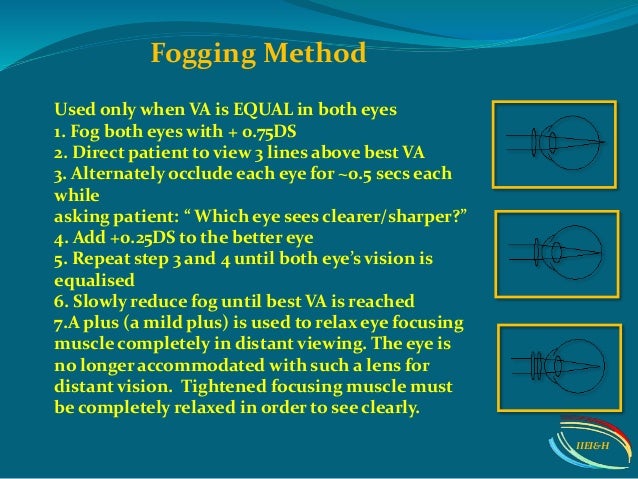
Photo Credit by: bing.com / refraction subjective fogging
Refraction And Retinoscopy
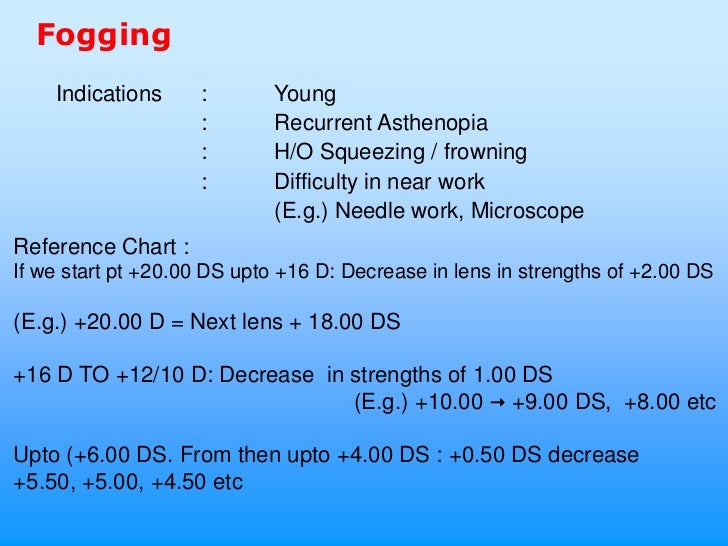
Photo Credit by: bing.com / refraction retinoscopy fogging
Binocular Refraction Techniques, Binocular Balancing & Binocular

Photo Credit by: bing.com / binocular fogging balancing refraction
1 Liter Fogging Test Beaker - SCHAP SPECIALTY MACHINE
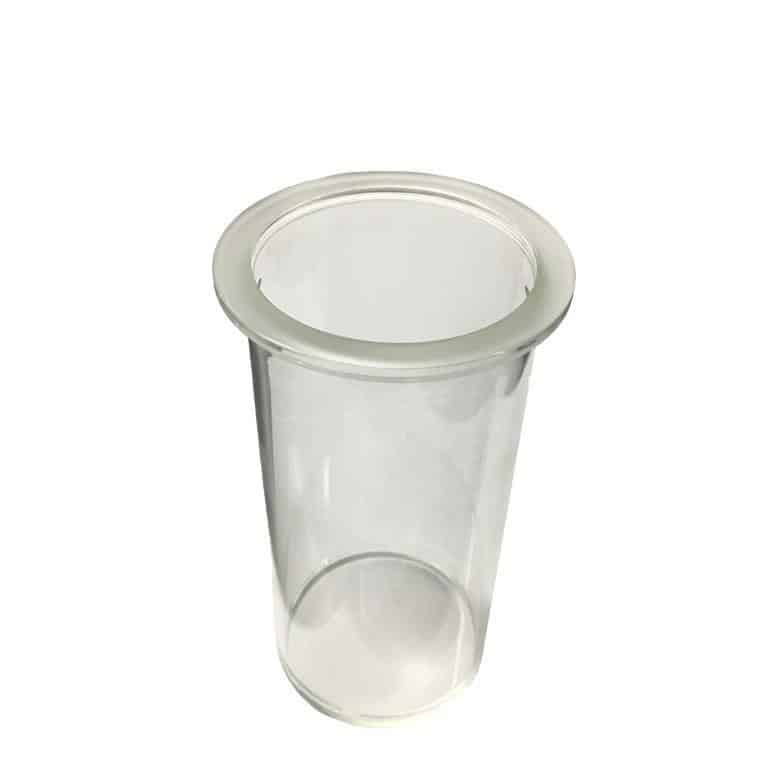
Photo Credit by: bing.com / fogging test beaker liter
